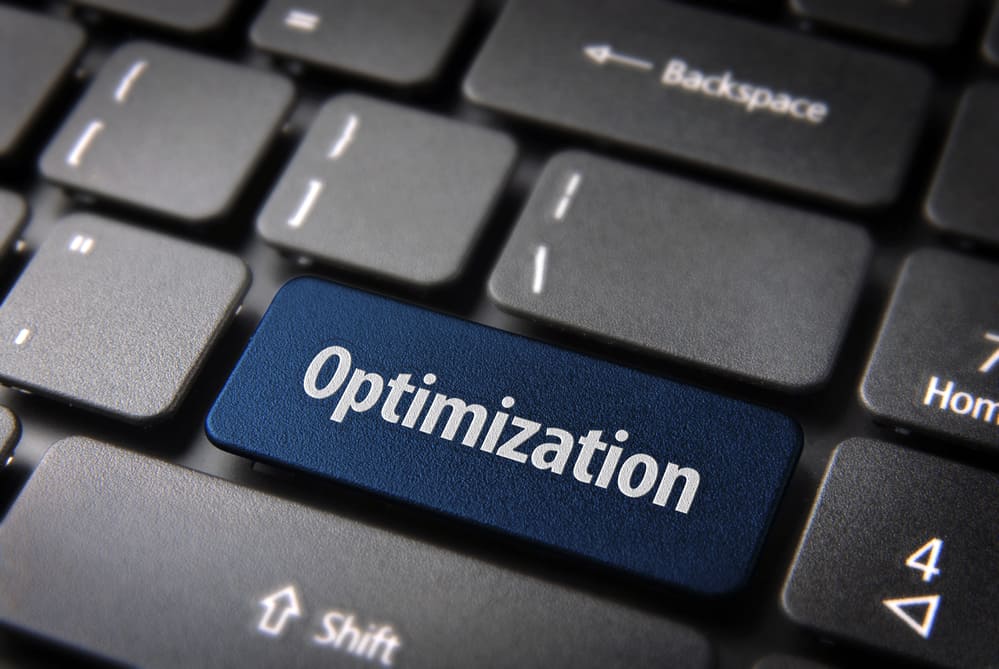Master Guide To On-Page SEO in 2021
On-page SEO is an essential part of every website, but it can be complex with many nuances and unique sites. In this on-site seo guide, you’ll find all the information you need to master on-page optimization in a straightforward manner that’s suitable for beginners as well as experts!
On-page SEO has become more complex than ever before due to the rise of mobile devices like smartphones and tablets, which often have different screen sizes from those found on desktops or laptops. As such, there are now two types of meta descriptions: one set explicitly designed for desktop screens at 1024×768 pixels wide (or higher), another specific for smartphone screens measuring 480×320 points wide by 320 tall – both measured diagonally when using 640×480 resolution.
In this new On-Site Guide, You Will Learn:
- How to optimize your content density and structure
- How to create search-friendly permalinks
- Meta Data Optimization
- Speed & Performance parameters that matter to your ranking
What is On-Page SEO?
On-page SEO is the practice of optimizing web page content for search engines and users. Optimizing well will help you outrank competitors trying to show up for exact keyword phrases you would like to get search traffic.
Check out our guide on setting up a keyword strategy for your website if you haven’t built one yet.
Some tools allow you to compare the traffic and statistics affecting your ranking, which are pretty easy to use. Popular tools for search engine optimization research in this area include:
On-Page Optimization is segmented into a few categories: metadata, links on your website, permalink structure, website speed, and performance.
Working on each of these sections, you can quickly become a more relevant and accurate result in the eyes of search engines.
How Important Is On-Site Search Optimization To Your Digital Marketing
Traditional on-site search engine optimization is more critical than ever before in 2021. Google is getting even better at making sure the results shown are the best possible for their end-user.
Here is a guide directly from Google on what requirements go into a “Google Friendly Website.”
Even though search engines often improve how they read your website, they still heavily rely on old-school metrics like keyword density. More recently, they will also build a cloud of semantic-based keywords related to your main goals or subject matter on your website.
Some significant signs of this are checking search results yourself. You will notice that:
- Most of the first page results for a competitive keyword share similar keywords in their Meta titles
- Most results also have keywords or some variation within their meta description.
- Keywords that you search show up in the URL or permalink structure of the pages showing up higher in results
- Search engines seem to read left to right and place more authority on keywords being to the left within your associated metadata
If we could simply fill out these fields correctly and start getting new search users to our websites, that would be great, right?
There is more to on-page search engine optimization than the above, though, in 2021. You will need to also work on areas like:
- Search User Experience
- Speed & Loading Time of Your Website
- Engagement Rates of On-Site Users
- Keyword Density
- Grammar
- Ease of Understanding (Readability)
- Conciseness of Your Content
What’s Next For Your On-Site Search Engine Optimization?
On-page SEO is about making sure your site’s metadata, and content is optimized. This process includes title tags, meta descriptions, URL structure, and keywords throughout the page. The following article will cover how to optimize other aspects of a website’s performance in search results pages so that customers can find you more easily.
Want a done for your service instead? Check out our service page for more information about on-site search engine optimization.
Hope you have enjoyed the first part of our on-site SEO Guide, stay tuned for the next part in this series.

